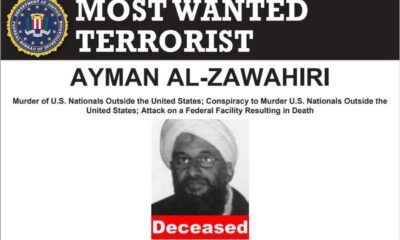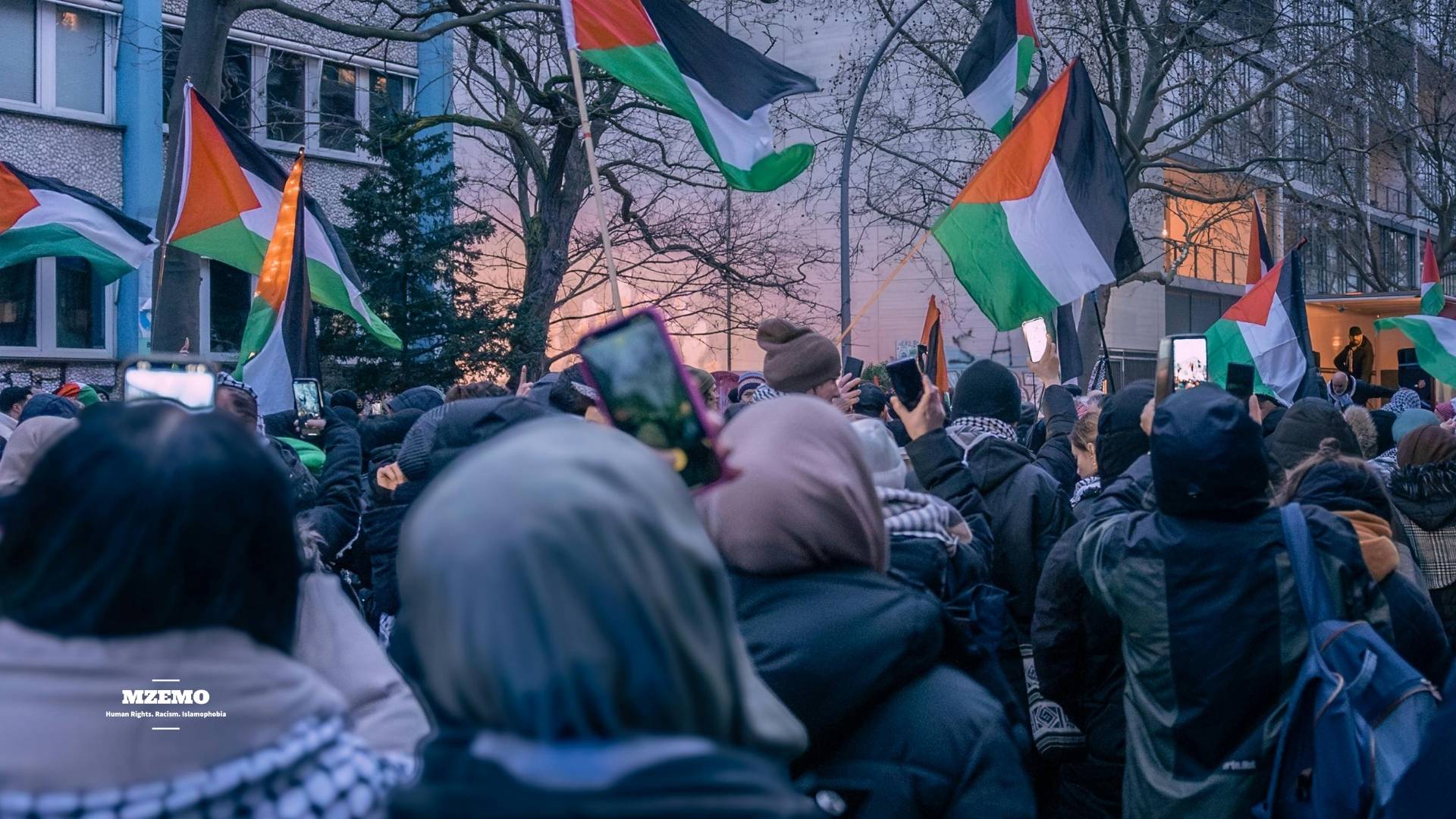The black Lives Matter campaign is no more restricted to the United States of America. It had become the voice of sorrow toward the black community from nearly every nation in the world. The brutal second-degree murder of 45-year-old George Floyd by a white cop on May 25, 2020, made it clear that racist white supremacy ideology has no sympathy for the black community.
The black people are not only suffering at the hands of racism due to new law-enforcement policies, but they also have a hard time coping with the education system as well as medical and travel sectors, all dominated by white Americans.
Regarding the Corona Virus, the US government fails to pay equally to their black brothers who are confederate under the same citizenship. According to the CDC report, Black Africans have four to five times the death ratio due to the virus. Perhaps, it could be the unequal policies to care for the sick?
‘The White Coats for the Black’ campaign is working against racism in the US to ensure black community survival in the hospitals and dispensaries. They said that we were together in this with the Black Africans. The protesters marched all over Washington DC wearing white coats and bending their knees in support.
Also, those who believe in white supremacy harass people of color on public transport, in classrooms, in public gatherings, and even in the courtrooms. The protestors on CNN expressed contempt regarding these issues on the evening show of June 28.
The Black lives Matter Movement Entrenched Globally
The campaign is no more within the limits of the US border. Many international companies, global NGOs, and even common people showed their humbleness by collecting charity for ‘Black Lives Matter. They made it helpful for the movement to raise its voice globally. Now, we see the cry is changing all over the world.
A review of the movement in Europe.
The United Kingdom has a very long history of racism against social justice. The riots of George Floyd’s murder raised protests everywhere in England. People found influence in the ‘Black Lives Matter slogan. Earlier, the UK police killed Mark Duggan which too stirred up public protests and riots all over England.
In Bristol, England, on Sunday 7th June, a group of protesters and black families broke down the statue of Edward Colston, a discriminated slave merchant of the 17th and 16th centuries, as a mark of racism. The statue of Robert Milligan is also no more showcased in the London museum.
The protestors argued that they want to eliminate racism from the streets of England. Their struggle is praised in the hidden words by the London Mayor Sadiq Khan on the Sky News. He said, “I don’t condone any attacks on our police or any disorder or criminal damage but we’ve got to recognize that our public realm, statues, squares, street names don’t accurately reflect our values or London in 2020”.
Furthermore, the Black Lives Matter and Rhodes Must Fall Campaign protested outside the University of Oxford demanding to remove the statue of British imperialist Cecil Rhodes. The group has been fighting this issue for years.
In France, protestors raised the cry in support of the victims of their country. They demanded the reconstruction of the civil rights policy. A 24-year-old French was held to death in June 2020 while in police custody. Many believe that the police chokehold her and she could not breathe like George Floyd. In response to this, the French government ordered the Chokehold Technique on the prisoners. This technique will no longer be part of the syllabus for the police training courses.
“Of course, France and America are very different countries, but they have a common enemy in racism,” Maelle, a 23-year-old protester in Paris recorded his statement to the reporter of France24.
Belgium stand against King Leopold for racism
Belgium is also no more silent in the fight against racism. Around 10,000 demonstrators of black lives matter protest in Brussels and Belgium against the racial activities and George Floyd’s Murder. On Sunday 10th April, an unarmed 19-year-old Young crashed into the police van during the COVID-19 pandemic. He was brutally shot to death by the police on spot.
According to the New York Times, more than 75,000 people have signed a petition asking all King Leopold statues to be removed by June 30 (the anniversary of the Democratic Republic of Congo’s independence) in Antwerp, Belgium.
Protests in Belgium are worth more importance to King Leopold. Leopold used a private mercenary force, Force Publique (FP), to do his terrorizing and killing. White officers commanded black soldiers many of whom were cannibals from tribes in the upper Congo. In practice, soldiers sometimes “cheated” by simply cutting off the hand and leaving the victim to live or die in his rule, nearly 10 million were killed. In Antwerp, the King Leopold statue was defaced and held on fire by the protestors.
King declares the tension as ‘colonial violence’. In response to that, a spokesperson for the Belgian Network of Black Lives Matter said: “Sometimes it’s shocking to see that taking down a monument hurts people more than death”.
A review of the movement in Asia and Africa
ThenGermany, Israel, Nairobi, and Kenya showed the low-level protests against racial injustice and the civil rights movement. In Israel, protestors protested around the US Embassy in Tel Aviv. Their slogans raised the cry of George Floyd across the country. In Nairobi and Kenya, people protested against the killing of civilians during the lockdown. In Nairobi 15 and Kenya 31 people were shot to death while violating the lockdown protocols. They criticized the so-called government of their country.
A well-known country South Africa has a black history of racial bias. The Economic freedom fighter EFF ran a campaign in which thousands nailed down to owner George Floyd for 8 min 45 sec. “We are the same under the Civil Rights Act. So stop oppression on the black faces’ ‘ a protester said to the reporter of Al Jazeera during the unrest.
The opposition leader of South Africa Protest Brutality for racial chaos. The black voices also ask for justice for Collins Khosa. News24 analysis this event in their recent article. He was beaten to death in April in Johannesburg by South Africa National Defense. They punched, choked, slammed him against a cement wall, hit him in the head with a machine gun, and poured beer all over him as police officers looked on. The force said that they have no contact with Khosa. A clear show of no guilt to the victim.
Brazil also has racial violence. In the Last year, Rio de Janeiro had a record number of police killings: more than 1,800, according to a New York Times analysis. A Brazilian Senate report said, “The Brazilian state, directly or indirectly, perpetrates the genocide of the young black population.”
In South Korea K-pop group BTS has raised more than $1 million for Black Lives Matter.
International brands support the campaign
Besides the protests by common people, many international brands and companies also condemned today’s racial pandemic. Mark Zuckerberg donated $10 million to the social racial campaign. “We stand with the black community,” Mark said.
“To be silent is to be complicit Black lives matter. We have a platform, and we have a duty to our Black members, employees, creators, and talent to speak up”. Netflix speak up on Twitter
Leaders of major companies including Comcast Corp (CMCSA.O), Nike Inc. (NKE.N), and Warner Music Group Corp WMG.O have announced major gifts to advance racial justice amid the protests over Floyd’s death. Bank of America pledged $1 billion over four years to address economic and racial inequality. At least a dozen other big companies announced gifts between $1 million and $100 million for similar efforts.
A wave of gloom for Racism
When the whole world is reeling from the COVID-19 pandemic, the situation is even worse for the black community as they suffer at the hands of the establishment, government, and white monopoly in all sectors. The protests carry an emotional reaction from people suppressed for years, therefore this movement is spreading all across the nation and bringing the important issue to notice that “Black Lives Matter”.
The death of George Floyd provoked the dormant resentment in black people and served as a trigger point for escalating the long-existing “Black Lives Matter” campaign. After all, people realize it is not just about injustice in any particular sector instead it was years, decades-long resentment against oppression. As a result, many global leaders have taken initiative and invested in this cause as it is a matter of human rights and human decency. Racism has to end. We can start today, but the killings need to stop right away!

 Featured2 years ago
Featured2 years ago
 Featured3 years ago
Featured3 years ago
 Featured2 years ago
Featured2 years ago
 Featured4 years ago
Featured4 years ago
 Featured3 years ago
Featured3 years ago
 Featured5 years ago
Featured5 years ago
 Featured2 years ago
Featured2 years ago
 Featured3 years ago
Featured3 years ago


























